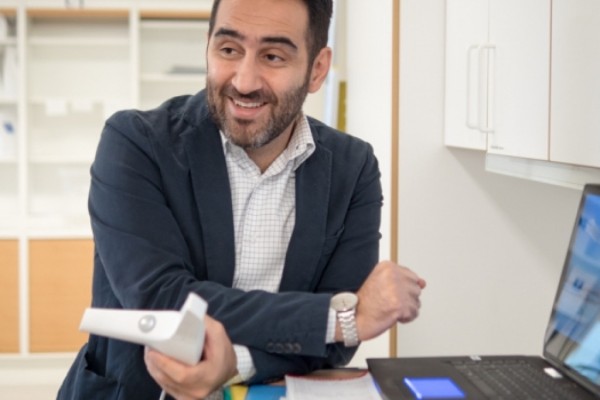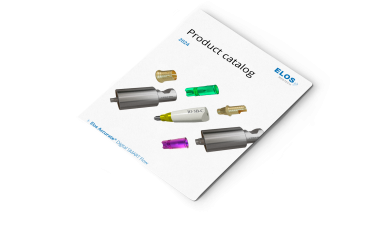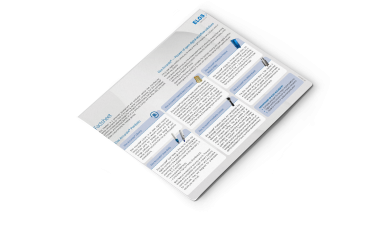He has never been able to keep his hands still, has always been thirsting for new knowledge, and is completely passionate about 3D-printing and intraoral scanning. A while ago, I met up with Michael Braian who is a multitasking dentist, dental technician, and researcher at Malmö University in Sweden – one of the world’s leading institutes for dental education and research. We had a delightful conversation, Michael sharing his thoughts and insights on digital dentistry and his latest study about dental care and digitalization.
Hi, Michael! You are not only a dentist but also a dental technician and a researcher. How did you get into odontology in the first place?
I was fairly shy in high school and wasn’t really sure about what I wanted to study at the University. But my dad made sure I went to the school counsellor for advice, and she introduced me to a few University programs. I took a shot and applied for three very different programs: Fire Protection Engineering, Industrial Design, and Dental Technician. I was put on the reserve list for the Dental Technician Program at Malmö University, and after a few weeks, I got accepted into the program. The whole thing wasn’t very well thought through! However, from the very first moment I had a hands-on experience with the dental techniques, I realised this was completely right for me – I was hooked!
Fascinating! But how did you know?
I have never been able to keep my hands still. All my life, whenever my friends and I have gone for coffee, just sitting down talking, I have always been fiddling around with a napkin, a package of cigarettes or anything really, trying to construct a new object. This is just what I have always done. And when I started studying dentistry, I continued doing the same thing, only now, I used my hands to construct dental components.
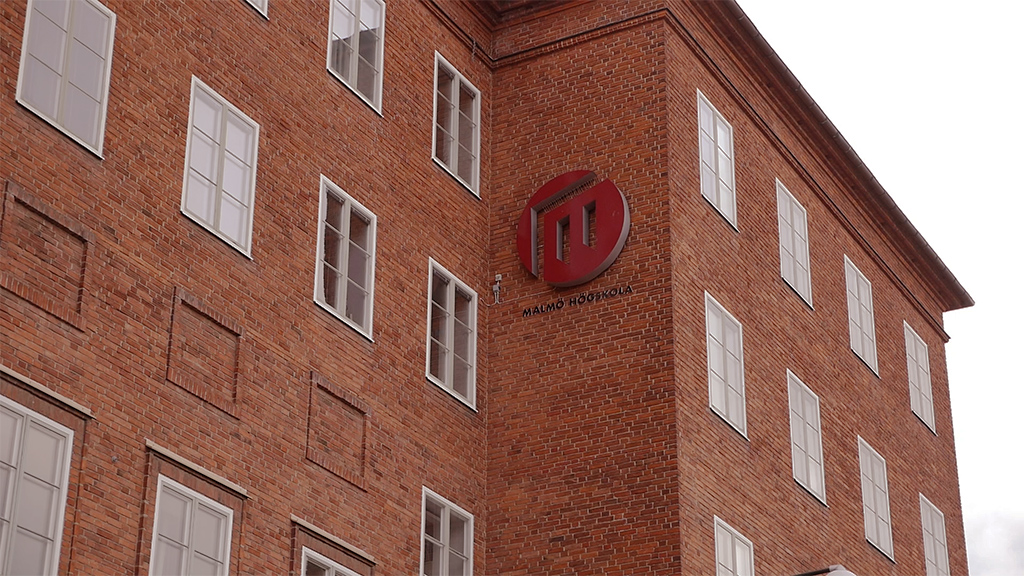
So how come you decided to also become a dentist and researcher?
I have always been thirsting for new knowledge. After spending five years at the Dental Technician Programme at Malmö University, I wasn’t entirely satisfied. And so I also decided to apply for the Dentistry Programme. After five more years at Malmö University, and another graduation, I still wasn’t satisfied, which is why I decided to become a researcher in digital dentistry at the Faculty of Odontology. I guess it is fair to say that I am simply a person who is always keen on learning more, and truly loves the dental business.
Impressive! So it was a natural step for you to become a researcher?
Yes, it was. But I was particularly intrigued by digital dentistry. In my family, we have always had a great interest in anything digital. My brother is an architect and construction engineer, my other brother is a graphic designer, and my parents are both artists doing digital as well as traditional artwork. When the 3D-printers made their entrance into the houses of ordinary people, I was an early adopter. I would sit home and experiment, and it didn’t take long until I learnt how to design in 3D using CAD/CAM software. One day, one of my colleagues asked me: If you are so passionate about 3D-printing, why don’t you start doing research on the subject? And so I did. I turned my hobby into science research.
Tell me about your latest study. What is it about?
In my latest study, I look into the possibilities to improve dental care through digitalization. The growing interest and use of intra-oral scanners stress the use of computer-aided design and manufacturing techniques. The additive manufacturing techniques, or 3D-printers, have the potential to help improve the digital workflow for dental professionals. Thus, it is important to have knowledge about production accuracy and repeatability. My study is about determining the production tolerances of four commercially available 3D-printers and presenting a method to test 3D printers for accuracy and repeatability. It is divided into five parts: In the first part, I analyse which tolerances are required in dental care for producing teeth replacements that are going to be attached to dental implants. In the second and third part, I investigate whether it is possible to produce objects made from plastic, cobalt-chrome, and titanium materials that meet the required tolerances, using and comparing four different 3D-printers. In the fourth part, I do the same thing but with digital intra-oral scanners, investigating whether it is possible to regenerate the physical object into virtual 3D objects with the same tolerances. For this part of the study, I took help from Elos Medtech that has got a lot of measurement instruments and great knowledge in precision engineering, which I benefited greatly from. In the fifth part, I tied together the entire production process to obtain the best possible end result.
Speaking of Elos Medtech, you have tried Elos Accurate scan bodies for intra-oral scanning. What is your experience?
Yes, Elos Medtech has developed scan bodies for all the major implant systems for dentists who use intra-oral scanners. The scan body is mounted on the dental implant to transfer the correct position and angulation of a digital impression, which is sent to the dental technician. So far, I have only tried Elos Medtech’s scan bodies on three patients, but they have worked really well. I am positive based on the fact that I have only tried a few!
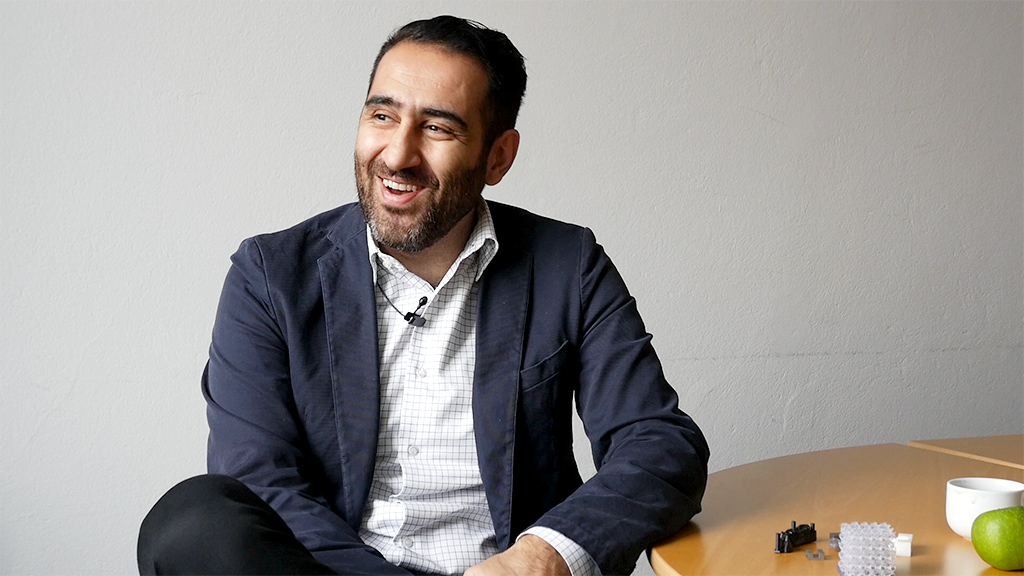
Glad to hear that! Now, back to your study – what impact do you think your study will have on dentists and dental technicians?
Well, it is difficult to say. I think it depends on what the future holds for the digital dentistry. The purpose of my study is not only to make an impact but to provide a useful method for dentists and dental technicians to measure and compare 3D-printers and intra-oral scanners. My ambition is that dental professionals, with the help of my study, will be able to design an object, 3D-print it, measure it, and know the exact accuracy and repeatability of that specific 3D-printer. Today, investing in a 3D-printer can be on the more expensive side. It is therefore very convenient to have a proven method to use before making your purchase. My goal is that my study will be relevant also in the future. It is unique in the sense that I have gathered knowledge from the dental industry and companies such as Elos Medtech who have been working with dental implants for decades and implemented their engineering knowledge into odontological methods. This was the first part out of four in our video blog series with Michael Braian about digital dentistry. The interview continues in our second part. Alos, read:
• Advantages of Digital Dentistry (Part 2)
• 4 Challenges in Digital Dentistry (Part 3)
• Digital Dentistry and the Future (Part 4)
